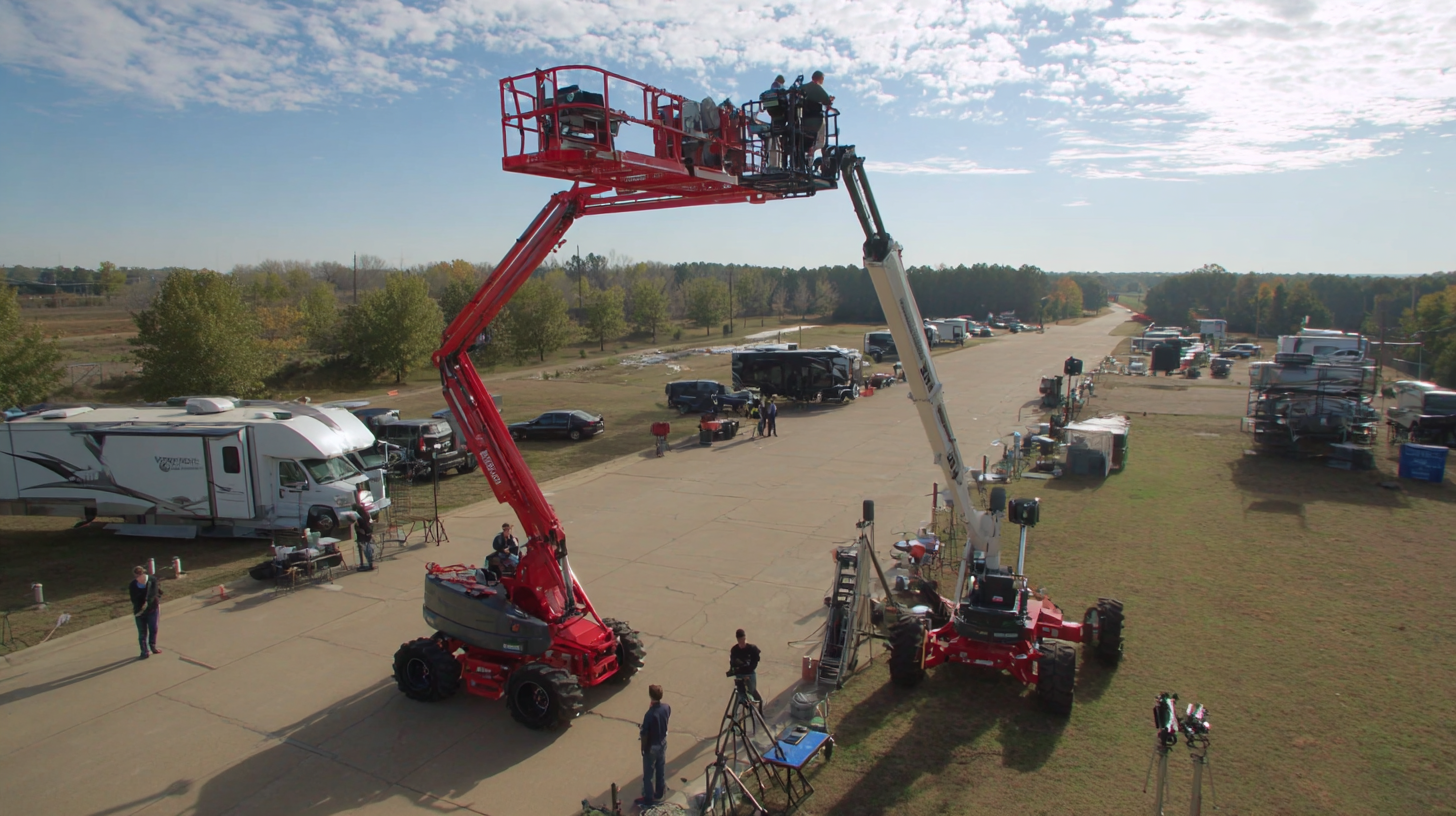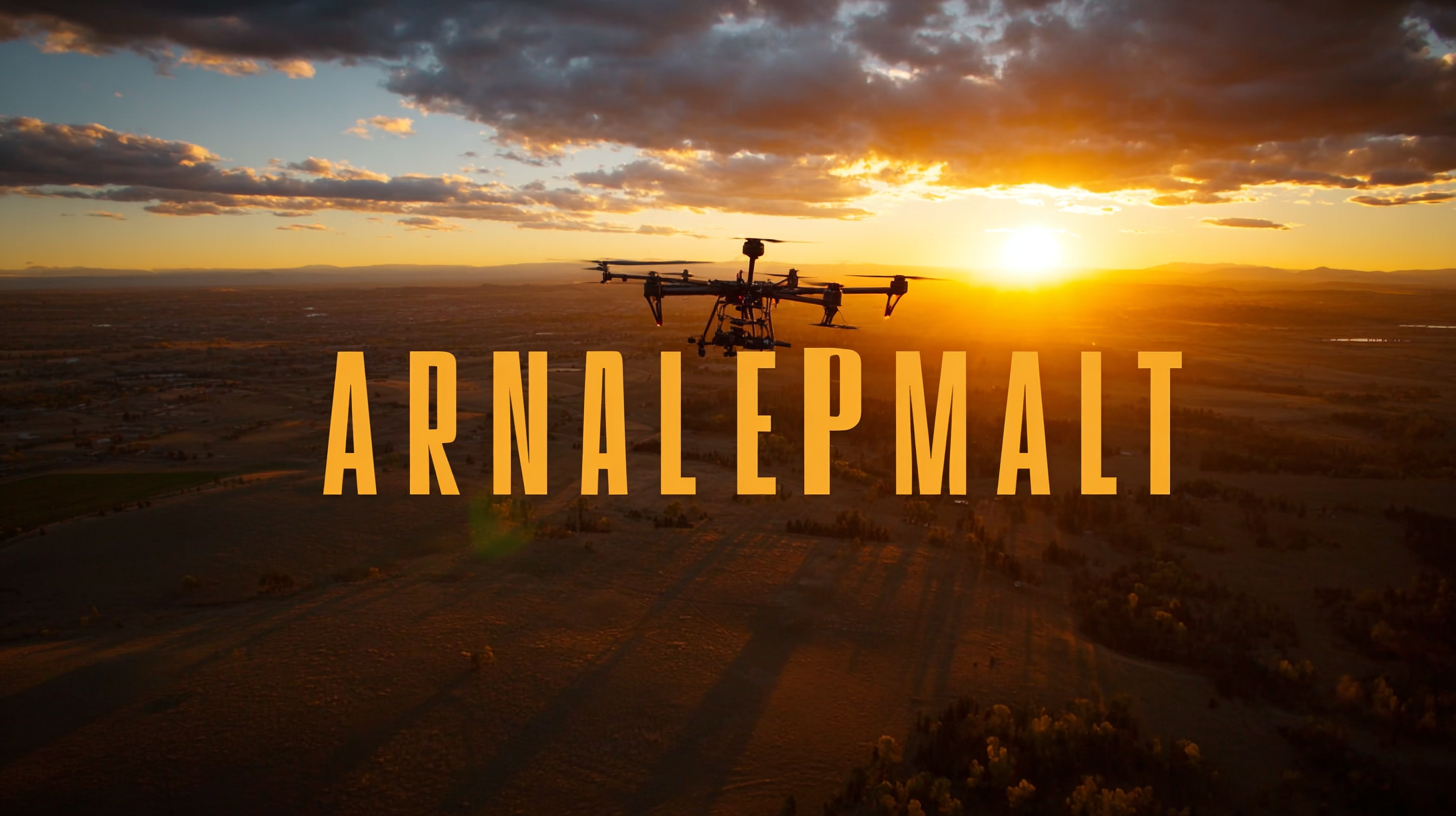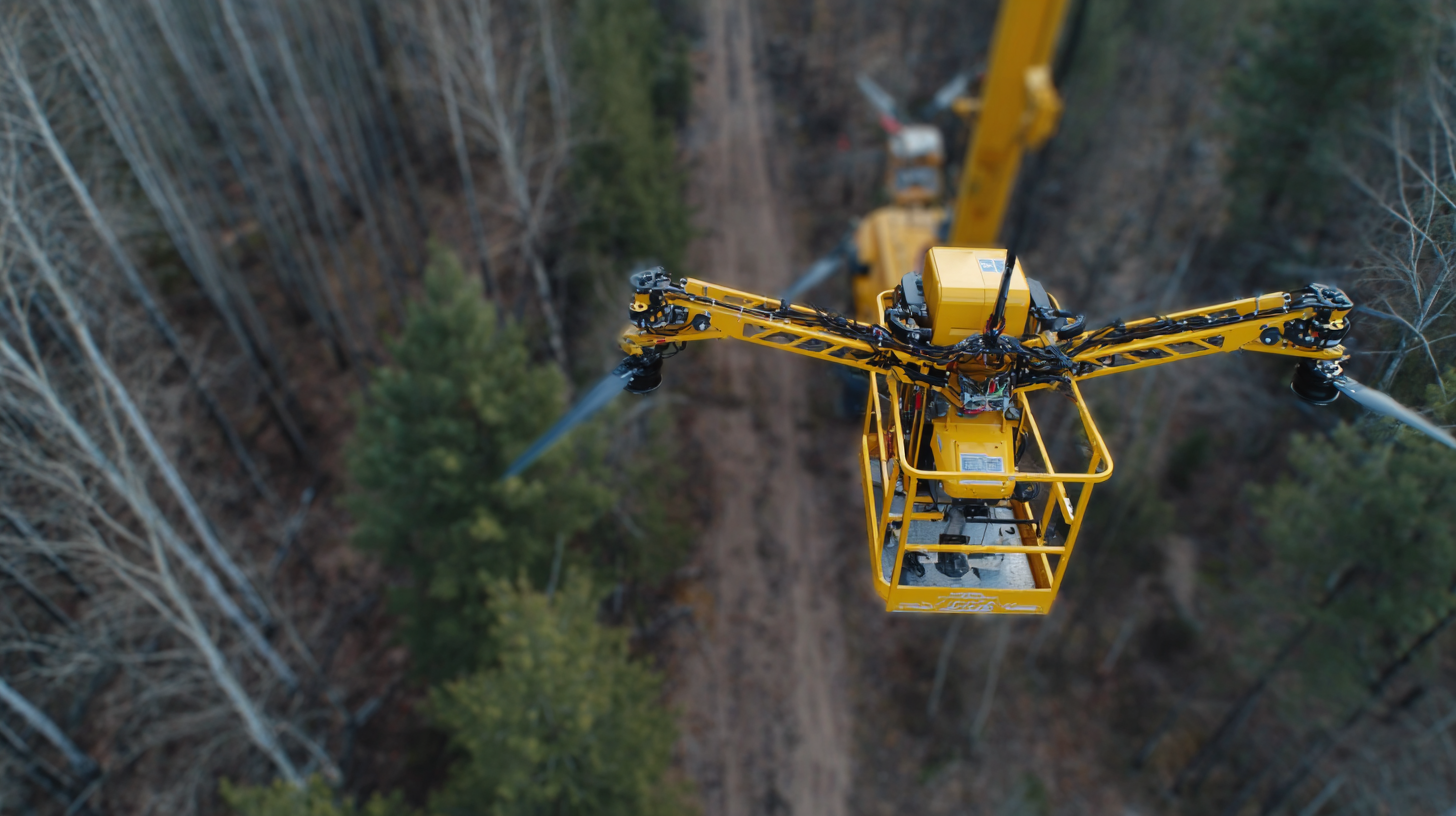5 Real-World Applications of Best Aerial Equipment and 7 Reasons to Choose Them Today
In today's fast-paced world, the demand for efficient and versatile Aerial Equipment has reached unprecedented heights, revolutionizing various industries from construction to agriculture. This blog delves into five real-world applications of the best aerial equipment currently available, showcasing their pivotal roles in enhancing productivity and safety. Additionally, we will explore seven compelling reasons to invest in these advanced tools, emphasizing their technical specifications and user-friendly tutorials that empower operators. Whether you are a seasoned professional or a newcomer to the field, understanding the capabilities and advantages of aerial equipment is essential for making informed decisions that can lead to significant improvements in your operations. Join us as we uncover the transformative impact of aerial technology in real-world scenarios and guide you on your journey to mastering these remarkable tools.

The Impact of Drone Technology on Modern Industries: A Data-Driven Perspective
The rapid advancement of drone technology has significantly transformed various industries, providing innovative solutions that enhance efficiency and reduce costs. In agriculture, drones are utilized for crop monitoring, allowing farmers to collect data on plant health and irrigation needs. This data-driven approach not only improves yield but also fosters sustainable farming practices. Similarly, in construction, aerial equipment offers real-time site assessments, helping project managers ensure safety and compliance.
When considering the use of aerial equipment, it’s essential to focus on a few key tips. First, choose drones that offer high-resolution imaging for accurate data collection. This is crucial for industries like real estate, where visual clarity can make a significant difference in marketing properties. Second, prioritize drones with robust software support; effective data analysis tools can turn raw footage into actionable insights that drive decision-making.
Moreover, the logistics sector has embraced drone technology for package delivery, promising faster and more efficient distribution methods. With drones taking off in emergency services for search and rescue operations, the customizable applications are vast. This evolving landscape showcases how drone technology is reshaping modern industries with its multifaceted capabilities.
5 Real-World Applications of Best Aerial Equipment and 7 Reasons to Choose Them Today
| Application | Industry | Benefits | Cost Reduction (%) | Data Collection Rate (%) |
|---|---|---|---|---|
| Infrastructure Inspection | Construction | Increased Safety | 30 | 85 |
| Crop Monitoring | Agriculture | Enhanced Yield | 25 | 90 |
| Search and Rescue Operations | Emergency Services | Faster Response | 40 | 95 |
| Aerial Photography | Media & Entertainment | Creative Content | 20 | 70 |
| Delivery Services | Logistics | Increased Efficiency | 15 | 80 |
Exploring the Versatility of Aerial Equipment in Agriculture and Crop Management
Aerial equipment has become an integral player in modern agriculture, significantly improving crop management and operational efficiency. One prominent real-world application is the utilization of advanced drones and UAVs for precision farming. These aerial tools enable farmers to monitor crop health, assess irrigation needs, and manage pest control from above. By harnessing high-resolution imaging and data analytics, farmers can make informed decisions, ultimately enhancing yield while reducing costs.
Additionally, the rise of smart tractors, equipped with precision technology, has revolutionized farming practices. These tractors can autonomously carry out various tasks such as tillage and planting, thanks to innovative GPS and sensor technologies. This level of automation not only streamlines operations but also supports sustainable practices by minimizing soil compaction and optimizing resource use. As agricultural technologies evolve, the versatility of aerial equipment continues to reshape crop management, making it more efficient and environmentally friendly.
Enhancing Infrastructure Inspections: The Role of Drones in Construction Safety
Drones have revolutionized the construction industry, particularly in enhancing infrastructure inspections while prioritizing safety. Traditional inspection methods often involve risky maneuvering in hazardous environments, exposing workers to potential accidents. However, with the deployment of aerial equipment, drones can swiftly and safely survey large structures, enabling construction teams to identify issues without endangering human lives. Their ability to capture high-resolution images and video footage from various angles offers invaluable insights into the condition of buildings, bridges, and other infrastructure.

When using drones for construction inspections, it's essential to employ the right techniques to maximize their effectiveness. Firstly, always conduct pre-flight checks to ensure that the drone and equipment are in optimal working condition. Additionally, utilizing drones equipped with thermal imaging technology can help uncover hidden problems such as heat loss or faulty insulation. Finally, integrating drone data with construction management software allows teams to create comprehensive reports, making it easier to track project progress and document compliance with safety regulations. By adopting these tips, construction companies can enhance not only the efficiency of their inspections but also their overall commitment to safety.
The Benefits of Aerial Photography in Real Estate: Increasing Property Value
Aerial photography has revolutionized the real estate market, offering unique perspectives that traditional photography simply cannot provide. Reports indicate that listings with aerial images receive 68% more inquiries than those without, highlighting the significant impact that visual presentation can have on potential buyers. By showcasing the property’s layout, surroundings, and surrounding amenities from above, aerial photography enhances the buyer's understanding of the area, ultimately driving higher engagement.
Moreover, studies reveal that properties with high-quality aerial photos can sell up to 30% faster than those lacking such visuals. In an industry where first impressions are crucial, captivating aerial images not only attract more prospective buyers but also lead to higher offers. By illustrating the full potential of a property and its context within the neighborhood, real estate agents can effectively increase perceived value and facilitate a quicker sale process. As the demand for innovative marketing strategies continues to grow, leveraging aerial photography has become an essential tool for success in the competitive real estate landscape.

Environmental Monitoring: How Aerial Equipment Aids in Conservation Efforts
Environmental monitoring has become an essential part of conservation efforts, and the use of aerial equipment plays a pivotal role in enhancing these initiatives. Drones and other aerial technologies provide a bird's-eye view of ecosystems, enabling scientists and conservationists to gather crucial data without disrupting fragile habitats. With the ability to cover vast areas quickly, aerial equipment can monitor wildlife populations, assess habitat conditions, and track changes in land use over time.
Moreover, advanced aerial tools equipped with high-resolution cameras and sensors allow for detailed analysis of environmental indicators. For instance, thermal imaging can identify heat sources, which is invaluable for monitoring animal behavior, while multispectral imaging helps in evaluating vegetation health and detecting invasive species. This technology not only aids in real-time data collection but also improves the efficiency and accuracy of conservation strategies, making it easier to allocate resources where they are most needed. By leveraging aerial equipment, conservationists can make informed decisions that effectively support biodiversity and sustain ecosystems for future generations.
Environmental Monitoring: Real-World Applications of Aerial Equipment
This chart illustrates the percentage of various environmental monitoring applications that benefit from the use of aerial equipment. The highest application is Pollution Detection at 30%, demonstrating the critical role aerial technologies play in ensuring a sustainable environment.


